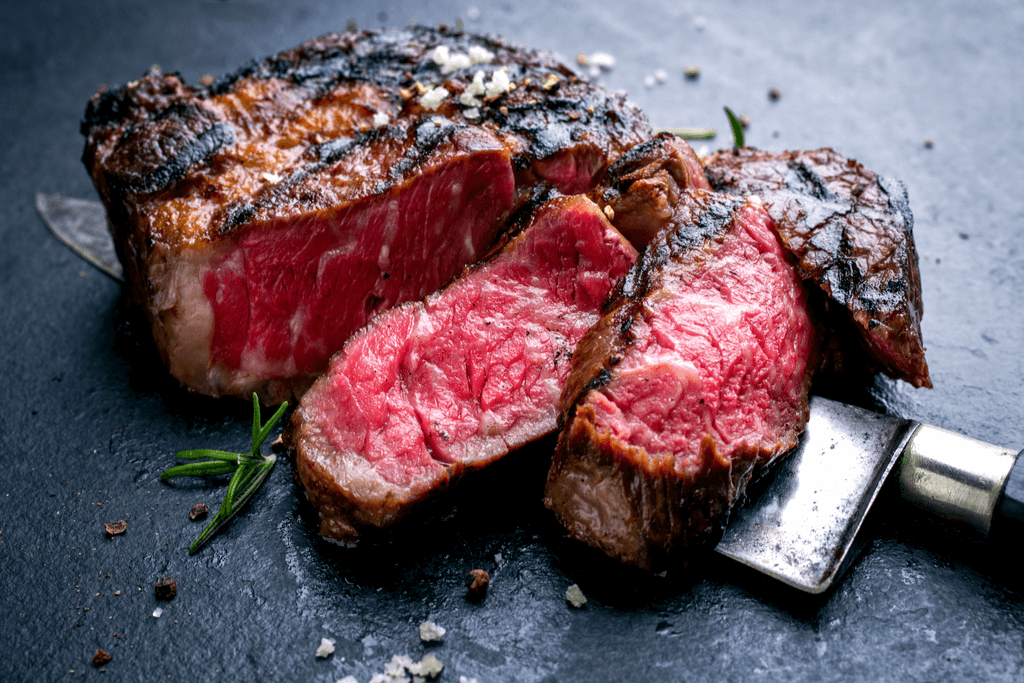Japanese Wagyu beef is world-famous, but what makes it so unique? It’s time to dive into this famous food’s history and see what makes it so delicious and renowned among food enthusiasts and gourmands.
Table of Contents
ToggleWhat is Wagyu beef?
Wagyu (和牛) specializes in umami, or “savoriness”. It is special because its high marbling or thin lines of fat are distributed uniformly throughout the flesh. Thanks to the unique characteristics of the four Japanese cattle breeds, Wagyu offers a very hearty and luxurious dining experience.
Four types of Wagyu cows exist, the vast majority being Japanese Black cows. They are in Tottori, Hyogo, Shimane, and Okayama Prefectures. The Japanese Brown/Red is the second most popular, found chiefly in the South (Kochi, Kumamoto).
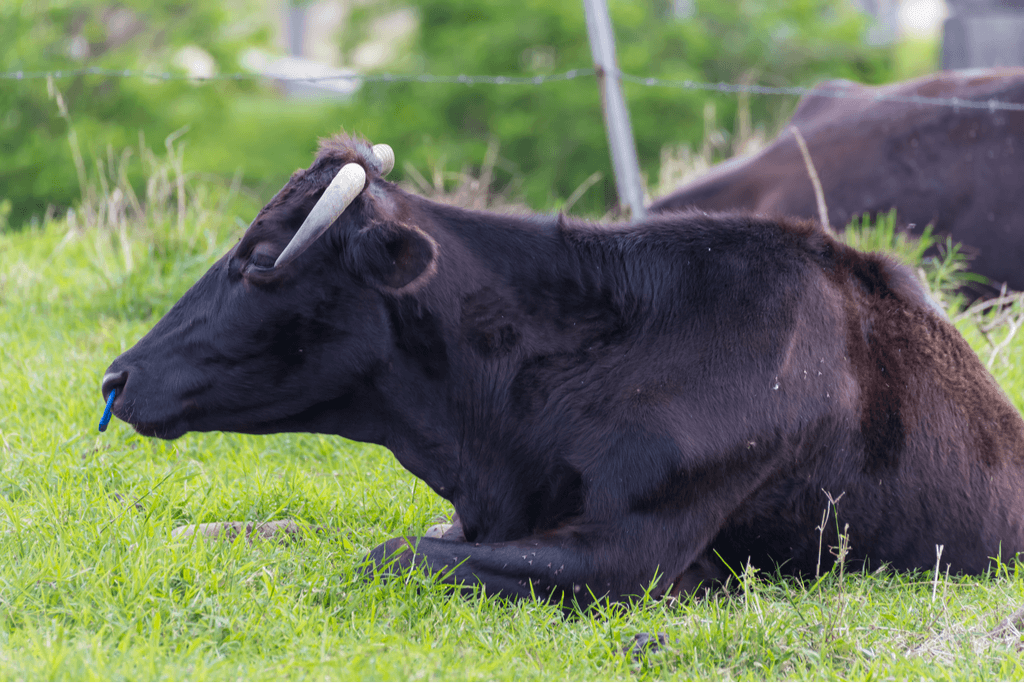
Japanese Polled Cattle live mainly in Yamaguchi, and Japanese Shorthorn is from Iwate in the North. These cattle breeds also have Japanese names such as kuroge, akage, mukaku, and tankaku. Cattle breeders crossed native cattle with foreign breeds to create modern Wagyu cattle.
Following the Meiji Restoration in that year, crossing started in 1868. The administration sought to impose Western eating customs and culture. During this time, the country imported foreign cattle breeds such as Korean Cattle and Brown Swiss. Cross-breeding these with local stock wasn’t popular, but it gained popularity in about 1900.
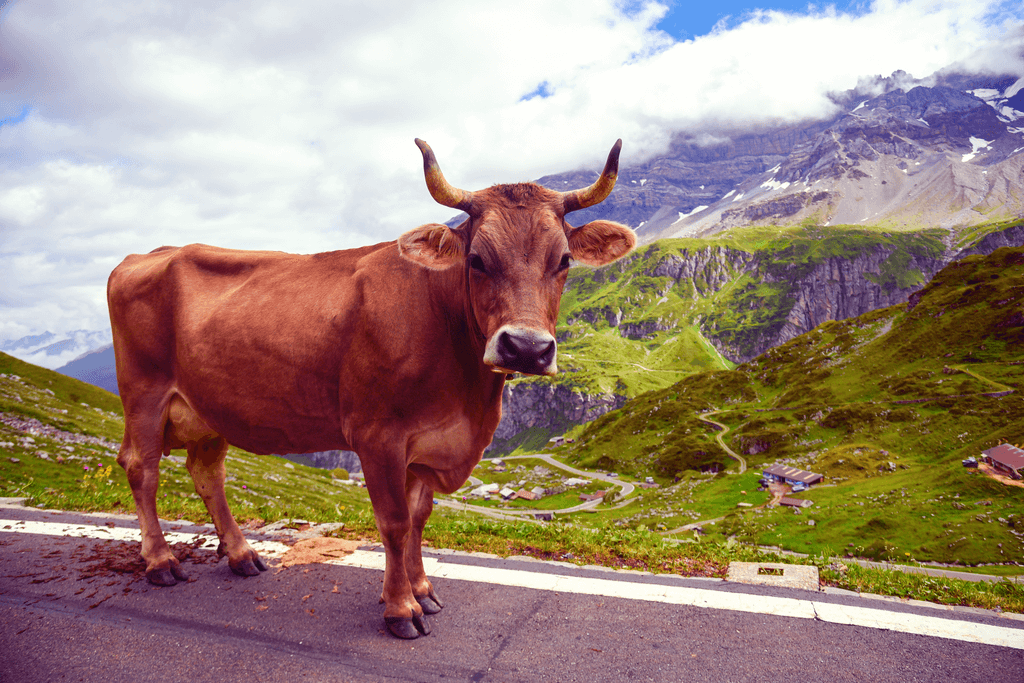
While the cross-bred animals could be larger and have superior dairy attributes, their productivity and meat quality suffered. As a result, the program abruptly came to an end in 1910.
Want to experience more luxurious, traditional Japanese food? Try Sakuraco! Sakuraco sends traditional Japanese snacks, teas, sweets, and kitchenware so that you can taste Japanese culture right into your home (even before or after a bath)!
Why is Wagyu beef special?
Wagyu specializes in umami, or “savoriness,” because its high marbling or thin lines of fat are distributed uniformly throughout the flesh. Thanks to the unique characteristics of the four Japanese cattle breeds, Wagyu offers a very hearty and luxurious dining experience.
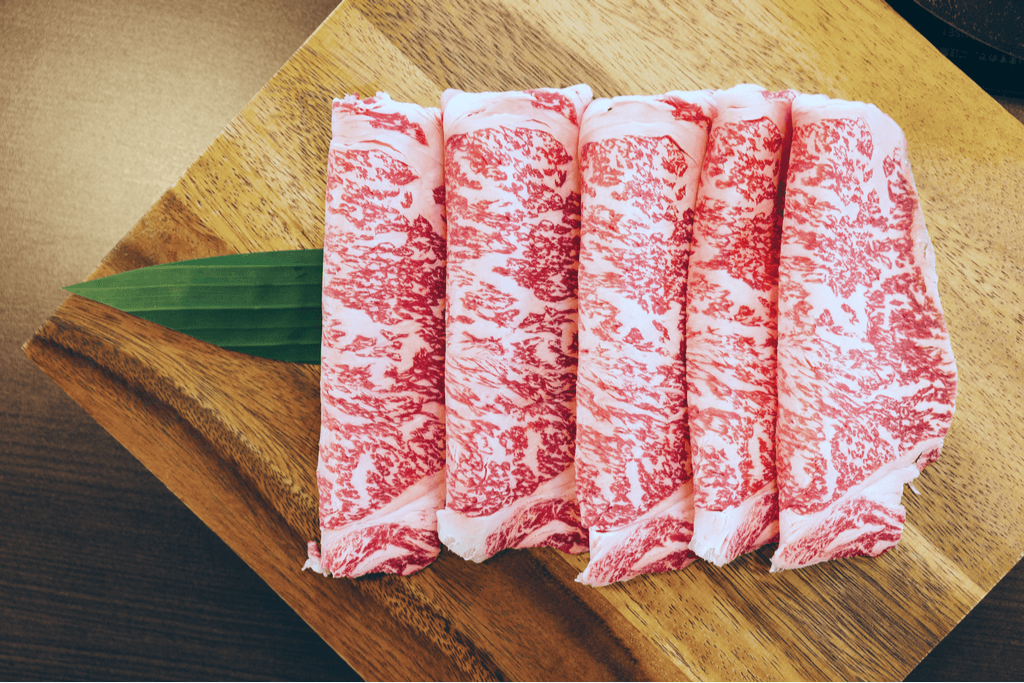
The marbling originates from intramuscular fat cells and distinguishes standard beef from its Wagyu cousin. Since Wagyu cows are more physically resilient, their fat cells are more uniform across their muscles. Because of their muscles, Wagyu meat is pinker and much more delicate, resulting in a more flavorful, soft cut of meat. It can cook for extended periods without becoming leathery or dried up. Wagyu beef also has fat that is better and healthier than other types of meat.
Also, since it melts at a lower temperature, you will taste the fat much more quickly while eating this kind of beef. While the steak cooks, the fat’s marbling melts into the muscle’s fibers, allowing it to retain more moisture and taste.
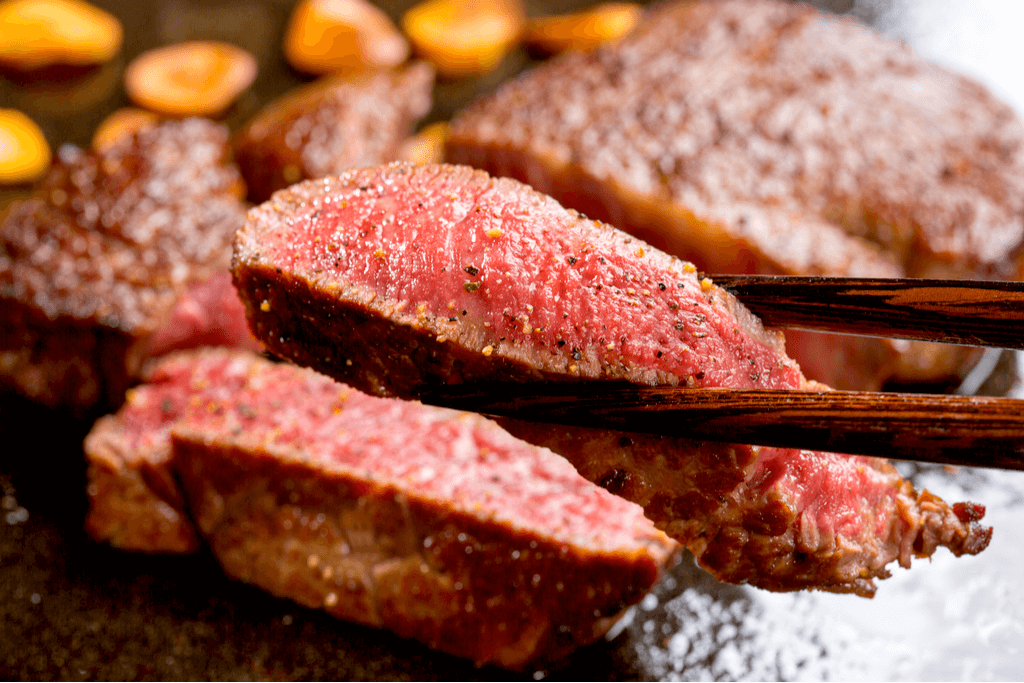
There is substantially more of this in Wagyu beef. Although having too much fat may seem harmful, Wagyu beef fat has greater concentrations of heart-healthy fatty acid, oleic acid.
Why are the cows so marbled?
Specialty breeders keep Wagyu cows until they are seven to ten months old, selling them to a farmer along with a birth certificate attesting to their pedigree. The cows go to the highest bidder and can earn farmers up to millions of yen in return!
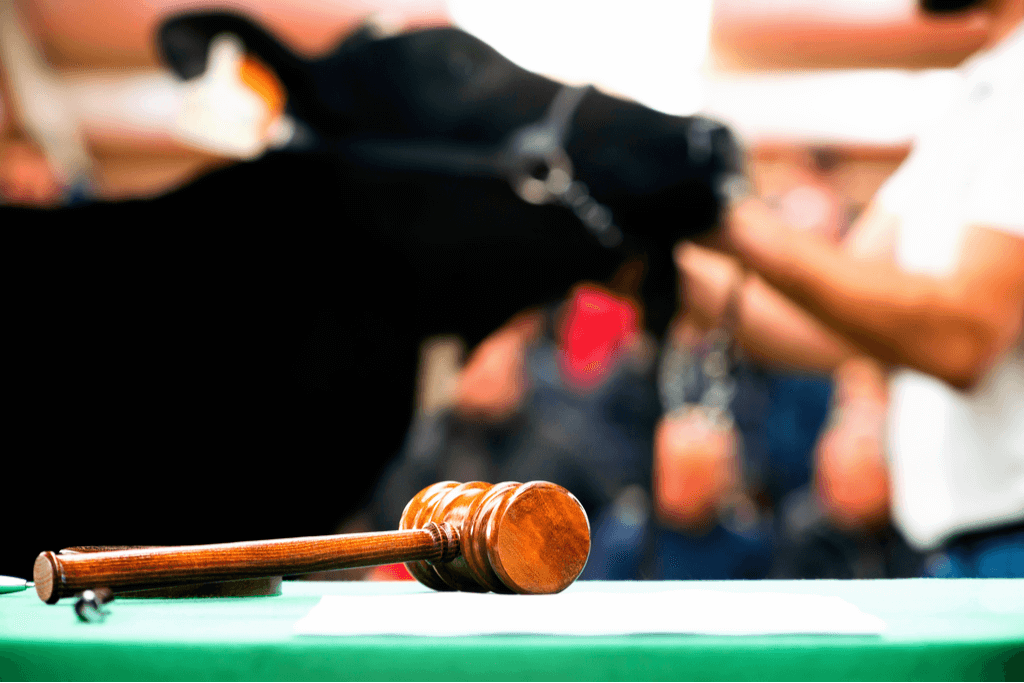
Following the auction, farmers send the cows to feeding farms where they receive names and are free to wander and graze without stress. Cows have lots of space in their enclosures and on the meadow to feed since Wagyu producers take great satisfaction in giving their animals a decent existence.
They frequently share a pen with four or five other cows, allowing farmers to pay special attention to them. They typically gain about 2.5 pounds daily and are weighed once every month.
The cows mature for two to three years until they weigh 1,500 pounds or gain about 50% fat. For Wagyu to achieve this goal, they must be fed and maintained correctly.
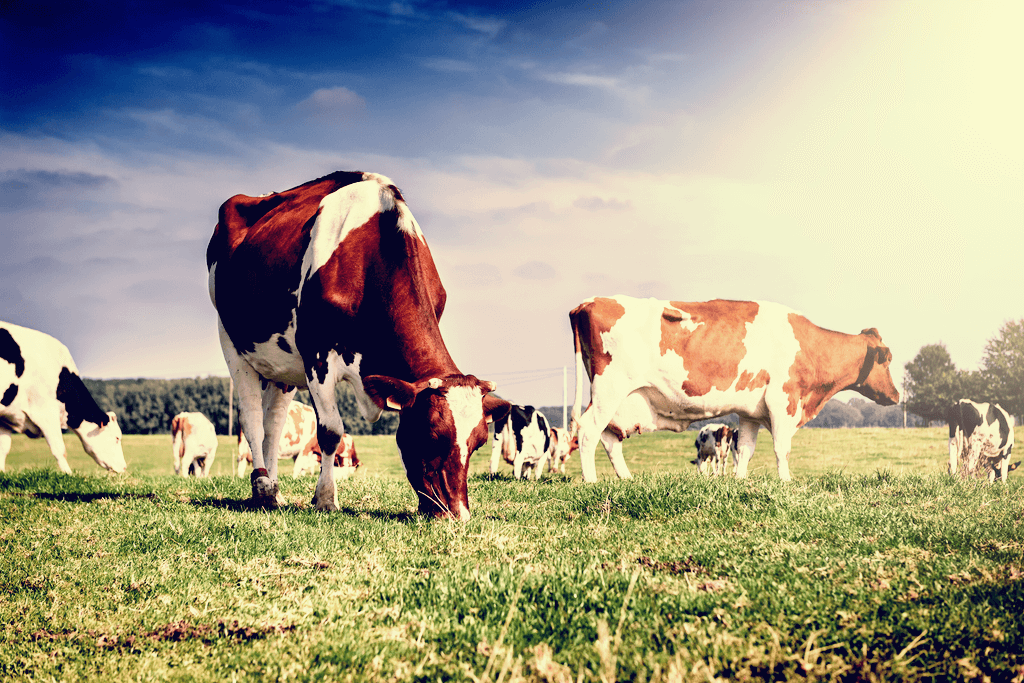
Most Wagyu producers provide their cows with three meals daily, consisting of high-energy foods, including hay, corn, and wheat. The process is all-natural, and Wagyu cows don’t receive artificial enhancements for flavor or feed.
What about foreign Wagyu?
Even though Wagyu originated in Japan, cattle don’t have to be born, grown, and processed on Japanese territory. Farms have frequently exported cattle to foreign nations worldwide since the 20th century. As a result, Wagyu beef from Uruguay, Australia, the United States, and even the Netherlands are all accessible on the market.
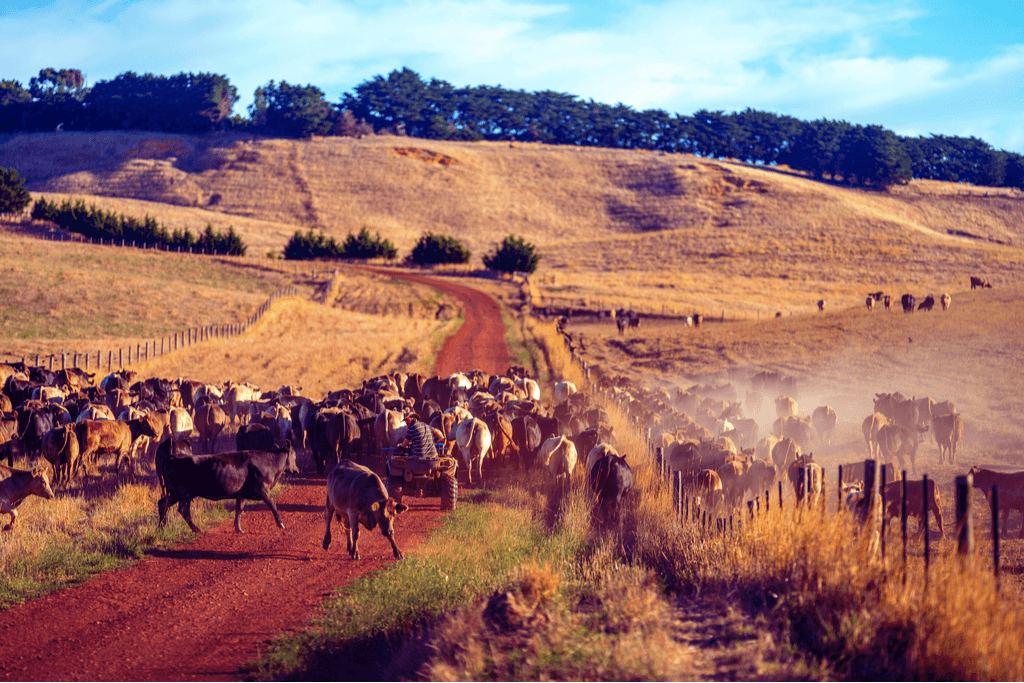
While Wagyu is still analogous to Japan, the marketing of the Wagyu menu in the West makes a previously difficult-to-get culinary item more accessible to people eager to experience the food.
The distinction is that Australian Wagyu is a cross-breed with the Holstein cow, but American Wagyu is often a combination of Angus beef and a type of Wagyu. American Wagyu has many followers despite lacking the robust umami-like taste of Japanese Wagyu and having a more approachable price range of $10 to $15 per pound.
What’s in a name?
In the West, the most popular types of Wagyu are Kobe, Kagoshima, and Miyazaki Beef. These names usually reveal the cows’ origin and from which bloodline they descend.
Various nations may have varying standards for grading the grade of beef, but Japan has the strictest standards of all. The goal of strict control is to protect outstanding genetics and quality. As a result, Japanese Wagyu beef is some of the best out there.
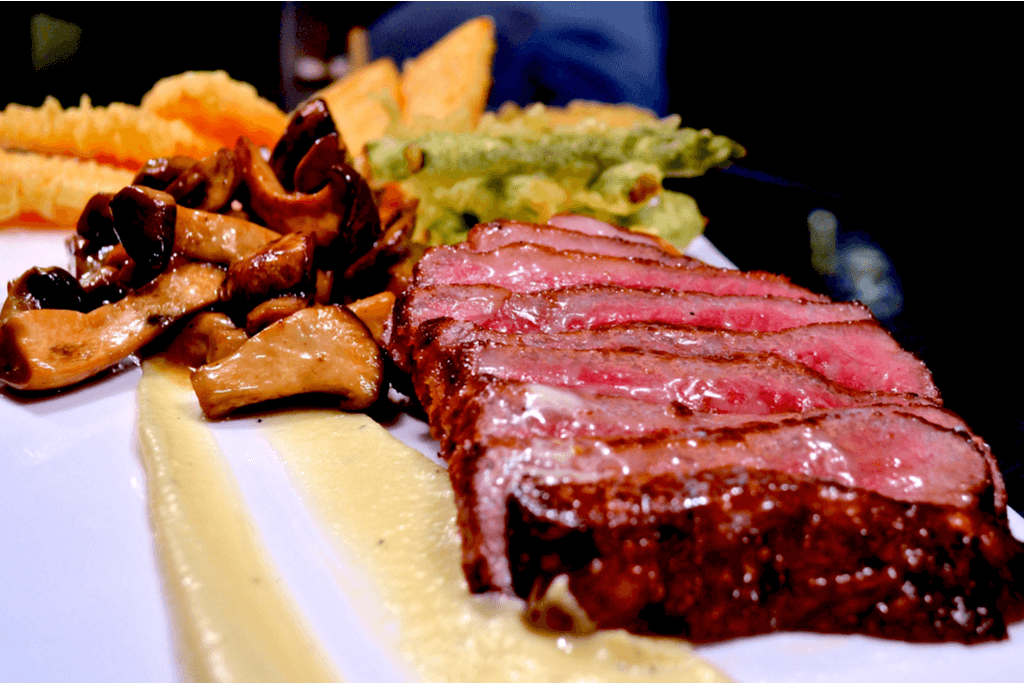
Although Kobe beef is one of the most well-known Wagyu variations, more than 300 different Wagyu kinds are available. Other notable Wagyu varieties include Bungo and Miyazaki, the latter being the main ingredient in kamisuki-nabe or paper hot pot.
All Wagyu receive grades ranging from A1 to A5, with particular rules governing each geographical variant. The highest quality is A5, and Japan-based vendors can only sell meat that scores between A3 and A5.
Have you tried Wagyu before? How did it taste to you? Was it worth the price? Let us know in the comments below!

